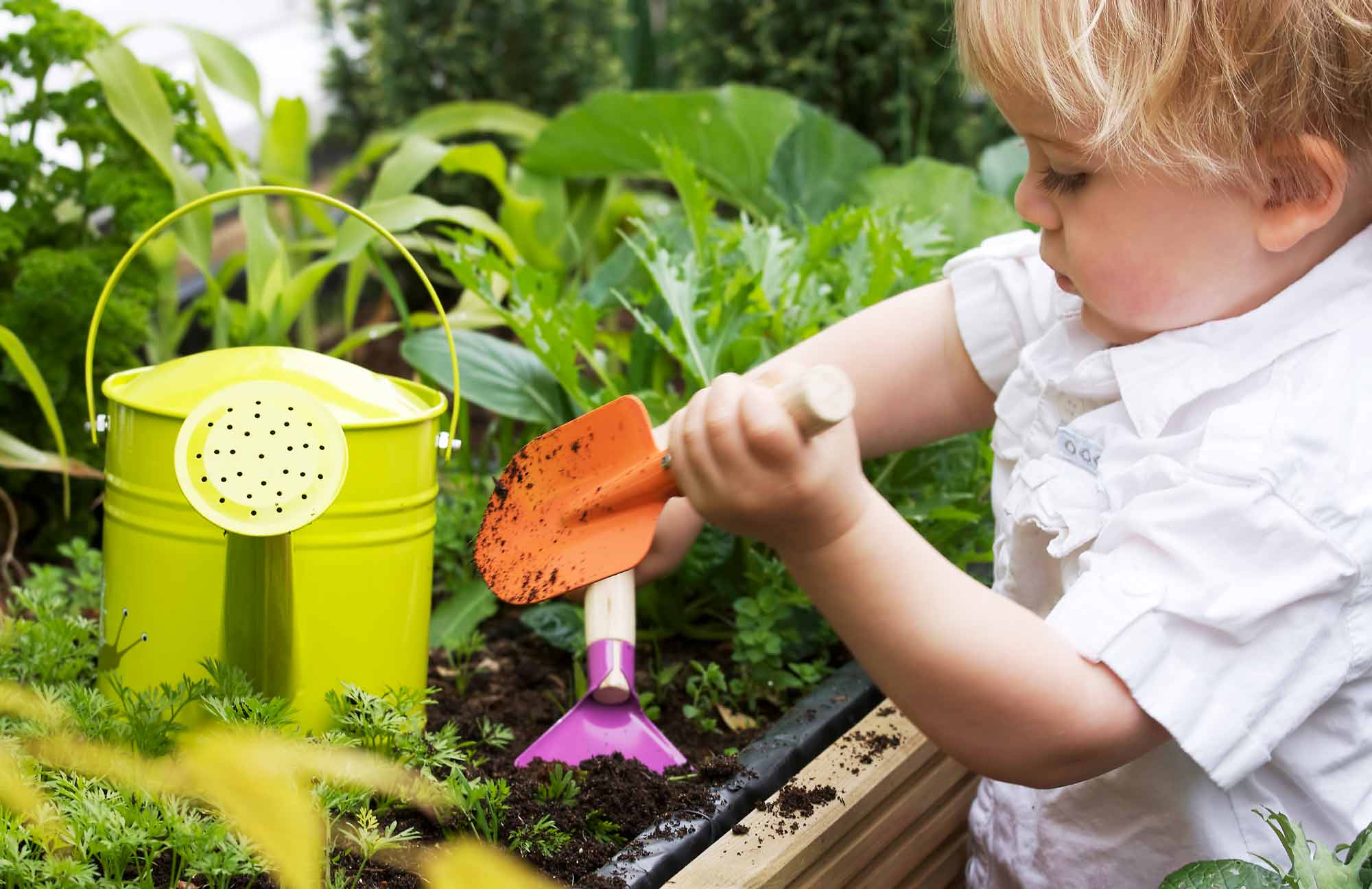Smells So Sweet
Activities that engage a child’s sense of smell can also help develop a child’s sense of taste and language skills. In this lesson, children will learn how to use their sense of smell as an important observational tool.
Content Area:
Curiosity and Wonder
Learning Goals:
This lesson will help toddlers and preschoolers meet the following educational standards:
- Demonstrate curiosity about the world and begin to use the practices of science and engineering to answer questions and solve problems
- Understand important connections and concepts in science and engineering
Learning Targets:
After this lesson, toddlers and preschoolers should be more proficient at:
- Demonstrating curiosity about the world and beginning to use the practices of science and engineering to answer questions and solve problems
- Developing foundational skills in the use of scientific practices such as observing, asking questions, solving problems and drawing conclusions
- Collecting, describing, comparing and recording information from observations and investigations
- Making meaning from experience and information by describing, talking and thinking about what happened during an investigation
- Generating explanations and communicating ideas and/or conclusions about their investigations
- Understanding rules to follow when investigating and exploring
- Using tools and technology to assist with scientific and engineering investigations

Smells So Sweet
Lesson plan for toddlers/preschoolers
Step 1: Gather materials.
- The book,Smelling, by Rebecca Rissman
- Small containers with holes in the top to let the odors escape, such as inexpensive salt and pepper shakers from your local dollar store (make sure the containers are opaque so that the children can’t see what’s inside)
- Smellable items (such as bananas, cinnamon, cocoa, coffee, flowers, lemon, onions, orange, peppermint, pine needles and soap)
- You can also make a set of “smelly containers” with cotton balls and paper cups. Saturate the cotton balls with liquids such as lemon juice, vanilla, peppermint extract or cologne.
Note: Small parts pose a choking hazard and are not appropriate for children age five or under. Be sure to choose lesson materials that meet safety requirements.
Step 2: Introduce activity.
- Ask children to talk about smells they like and dislike.
- Introduce the book, Smelling, to the children and tell them that it is a nonfiction book, which means it has real information. As you read the book and share the photos, the children will learn that:
- You breathe in through your nostrils, the two openings at the end of your nose. The nose sends messages to your brain and the brain tells you what you smell.
- Some smells, like smoke from a fire, protect you by alerting you to danger. Other toxic things, such as poisons or rotten food, smell so bad that you will not be tempted to eat or drink them.
- Your sense of smell and taste are connected. If you have a stuffy nose, your food will taste different because you can’t smell it.
- The tiny hairs in your nose help to filter out dust particles and germs.
- We can use our sense of smell to learn about the world by engaging in scientific observations and investigations.
Step 3: Engage children in lesson activities.
- Ask the students to sit in a circle.
- Say: “Our sense of smell is in our nose. Way up inside of our nostrils is a special area that can ‘catch’ a smell that is floating through the air. Then our nose sends a message to our brain, and our brain figures out what the smell is.”
- Pass around the containers for the children to smell.
- After each container has been passed around and every child has had a chance to smell it, ask: “What did you smell? Did the smell remind you of anything?”
- Build the children’s “smell vocabulary” by using words to describe smells (such as sweet, stinky, sweaty, spicy, minty and flowery).
Step 4: Vocabulary.
- Aroma: Any property detected by the sense of smell
- Fragrance: A pleasantly sweet smell
- Prediction: A guess or a statement about what you think will happen next
- Smell: To capture an odor or scent through the nose
- Sniff: To identify a smell by inhaling through the nose
- Stink: A bad smell
Step 5: Adapt lesson for toddlers or preschoolers.
Adapt Lesson for Toddlers
Toddlers may:
- Develop their vocabulary and identification skills by describing what they smell during snack time or mealtime
Child care providers may:
- Ask toddlers to point to the body parts that they use for each of the five senses. Ask: “What do you use to see the clouds? What do you use to smell flowers? What do you use to eat ice cream?”
Adapt Lesson for Preschoolers
Preschoolers may:
- Enjoy investigating different smells during free time by leaving the jars out for exploration.
Child care providers may:
- Try hiding the containers around the classroom to see if the children can “sniff out” the location of the containers
Suggested Books
- Baby Loves the Five Senses: Smell! by Ruth Spiro (author) and Irene Chan (illustrator)
- Pig the Stinker by Aaron Blabey
- Something Smells! by Blake Liliane Hellman
Music and Movement
- A Five Senses Song about Smell by Jack Hartmann
- Learn about all five senses in this song performed by Jack Hartmann
Outdoor Connections
- Ask the children if they can discover different scents in their outdoor play area or a local park.
- Plant mint, chives and basil in areas where the children play.
Web Resources
- A smell researcher writes about the importance of engaging young children in sensory play and teaching children how to use their olfactory sense to learn about the world on Fatherly.com.
- Enjoy 15 simple smell activities for preschoolers—from striking out on smelling tours of the neighborhood to the creation of scratch-and-sniff paintings—on the Empowered Parents website.
Comment on this lesson